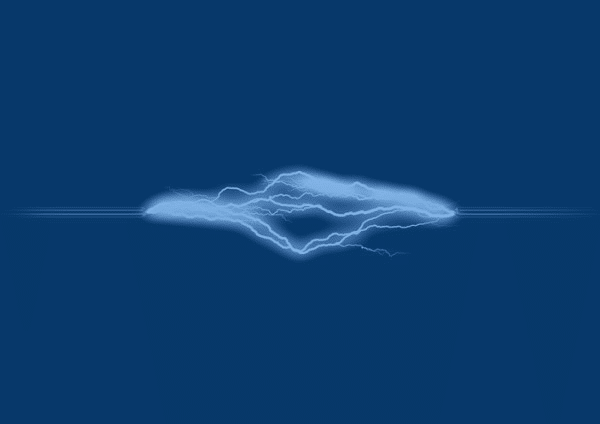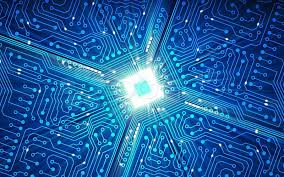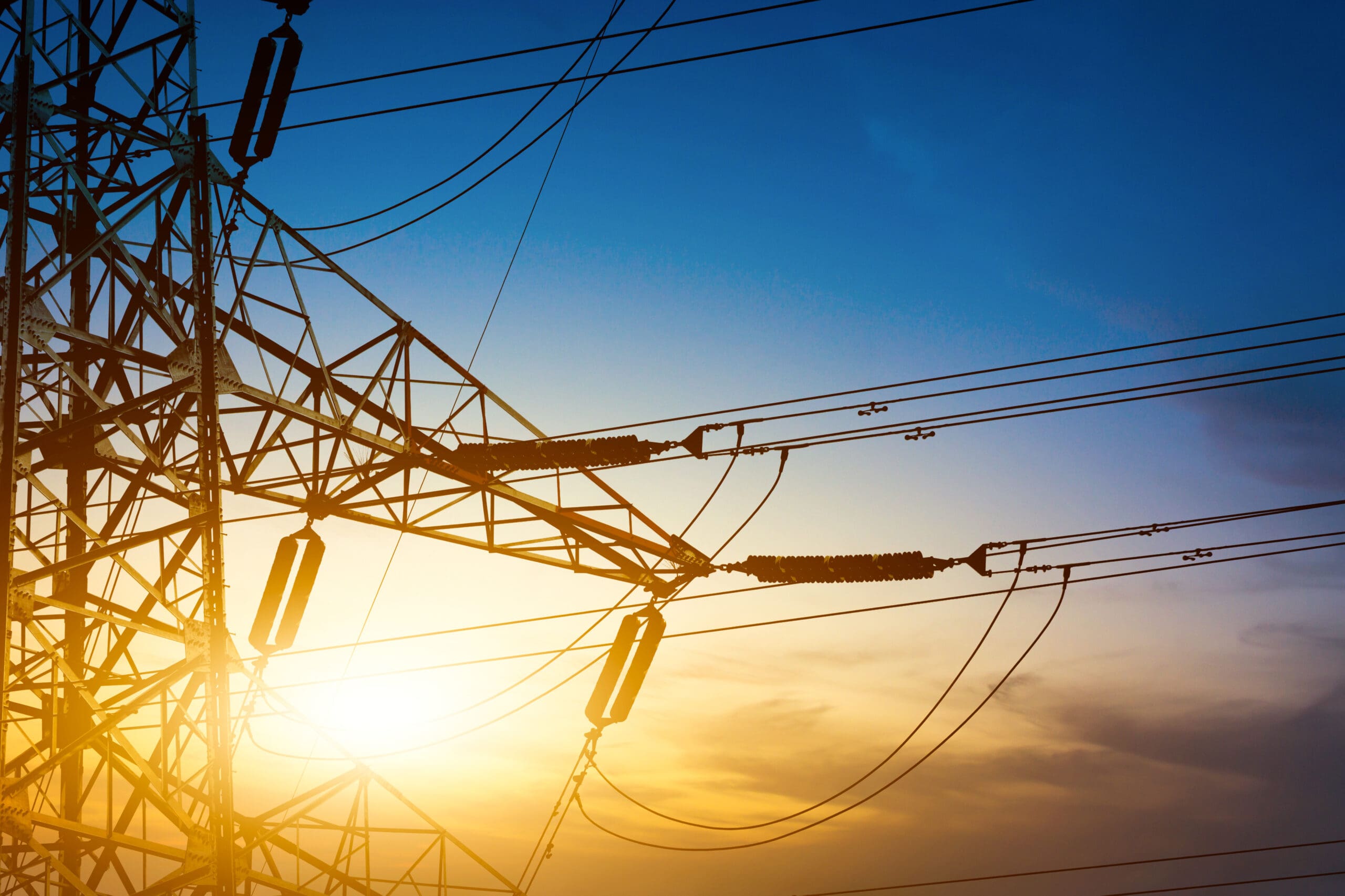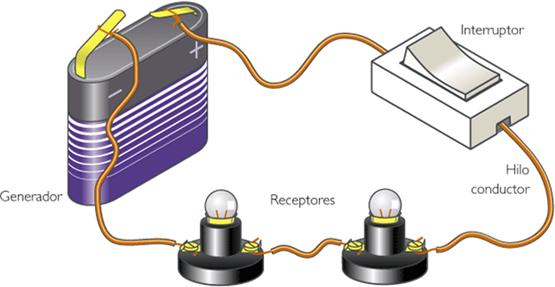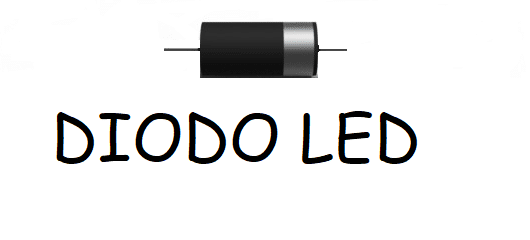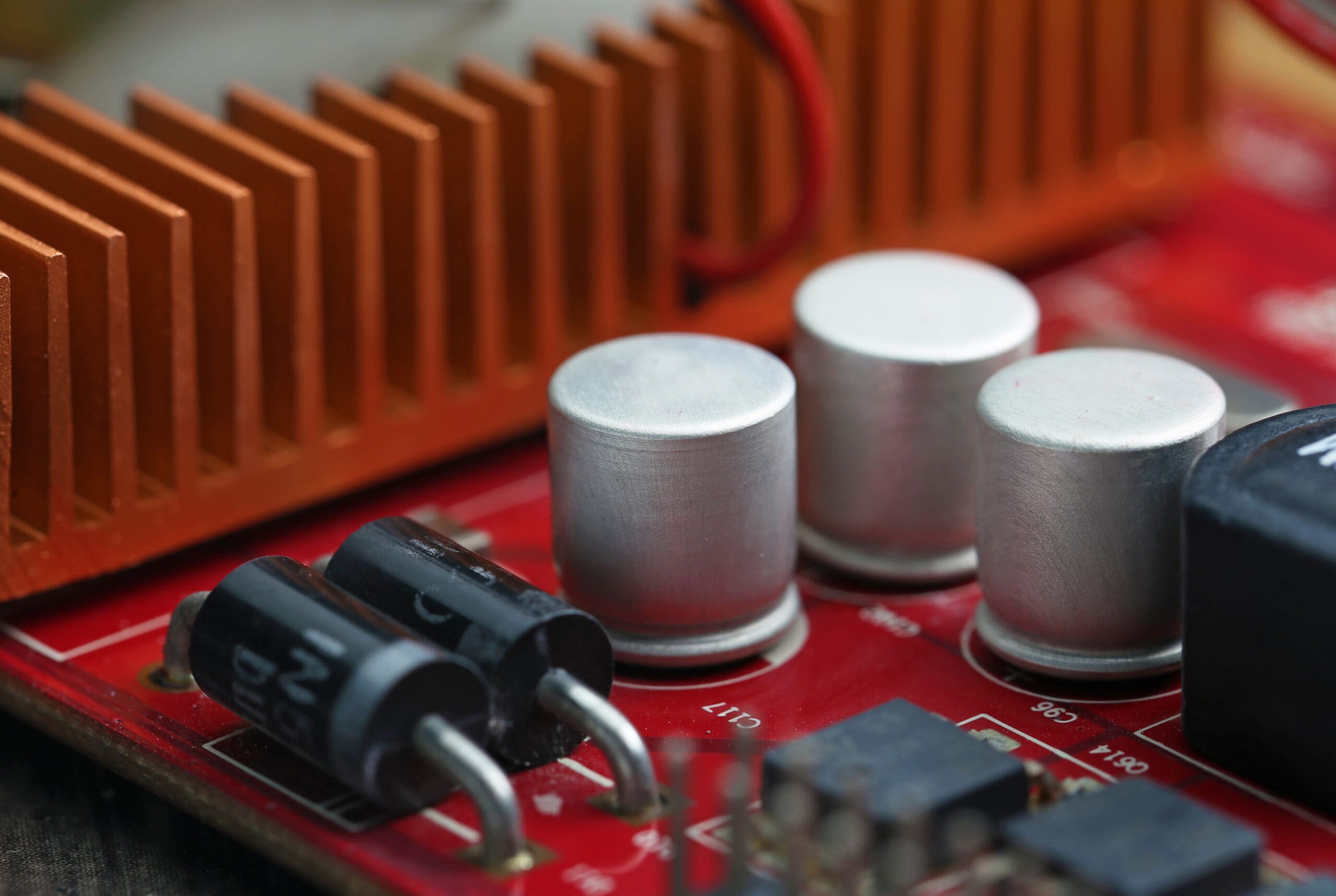La electric current is the flow of electrical charge that passes through a conductor, such as a wire or an electrical circuit. The electric charge is mainly composed of electrons in the case of conventional electric current (from the negative pole to the positive pole) or of holes in the case of electric current in p-type semiconductors (from the positive pole to the negative pole).
In a typical electrical circuit, electric current flows due to a difference in potential or voltage between two points, which creates an impulse for electrons to move along the conductor. This potential difference can be provided by a power source, such as a battery or generator. When a circuit is closed, electrons begin to move from the region of lower electrical potential (negative pole) to the region of higher electrical potential (positive pole), thus generating a flow of current. In the most basic way, current = flow.
Un amp (AM-pir) or A is the international unit for the measurement of current. Expresses the number of electrons (sometimes called "electric charge") that pass through a point in a circuit over a given time.
Electrical current is essential for the operation of most electrical and electronic devices, providing the energy needed to run components such as lamps, motors, computers and appliances. Understanding electric current is fundamental in electricity and electronics, and is a key concept in physics and electrical engineering.
A current of 1 ampere means that 1 coulomb of electrons, which is equivalent to 6.24 trillion (6.24 x ten to the eighteenth power) of electrons, passes through a point in a circuit in 1 second. The calculation is similar to measuring the flow of water: how many gallons pass through the same point on a cylinder in 1 minute (gallons per minute or GPM).
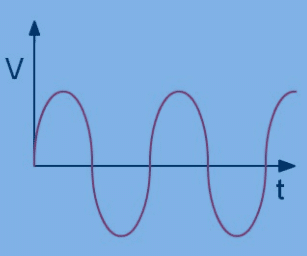
Symbols used for amperes:
A = amps, for countless current (thousand).
mA = milliamps, one thousandth of an ampere (0.001).
µA = microamps, one millionth of an amp (0.000001).
In formulas like Ohm's law, current is also represented by I (for current).
amps They are named after the French mathematician/physicist Andrè-Marie Ampére (XNUMX-XNUMX), credited for proving that:
- A magnetic field is produced near a conductor as current passes through it.
- The strength of that field is directly proportional to the amount of current flowing.
Electrons flow through a conductor (usually a metal wire, usually copper) when 2 previous requirements of an electrical circuit are met:
- The circuit includes a source of energy (a battery, for example) that generates voltage. Without voltage, electrons move randomly and fairly evenly in a wire, and current cannot flow. The voltage creates pressure that pushes the electrons in one direction.
- The circuit forms a closed conducting loop through which electrons can flow and supply power to any device (a load) connected to the circuit. A circuit is closed (complete) when a switch is either energized or closed in the on state (see diagram at the top of this page).
Current, like voltage, can be direct or alternating.
Direct Current (DC)
Represented by the symbols or on a digital multimeter. ![]()
![]()
It only flows in one direction.
Common source: batteries or DC generator.
Alternating current (AC)
Represented by the symbols or on a digital multimeter.![]()
It flows in a sine wave pattern (shown below); reverses its direction at regular intervals.
Common Source: Household outlets connected to a utility.
Most digital multimeters can measure direct or alternating current no higher than ten amps. The higher current should be taken down with a current clamp, which measures current (from 0.01 A or less to a thousand A) by measuring the strength of the magnetized field around a conductor. This allows measurements without the need to open the circuit.
Any component (lamp, motor, heating element) that transforms electrical energy into some other form of energy (light, rotational motion, heat) uses current.
When auxiliary loads are added to a circuit, the circuit must provide more current. The size of the conductors, fuses, and elements will determine how much current will flow through the circuit.
Typically, amperage measurements are taken to note the amount of load on the circuit or the load condition. Current measurement is a standard part of troubleshooting.
The current flows only when the voltage gives the precise pressure to make the electrons move. Different voltage sources generate different amounts of current. Standard household batteries (AAA, AA, C, and D) generate fifteen volts each, but larger batteries are capable of putting out a greater amount of current.
Source: Digital Multimeter Principles


